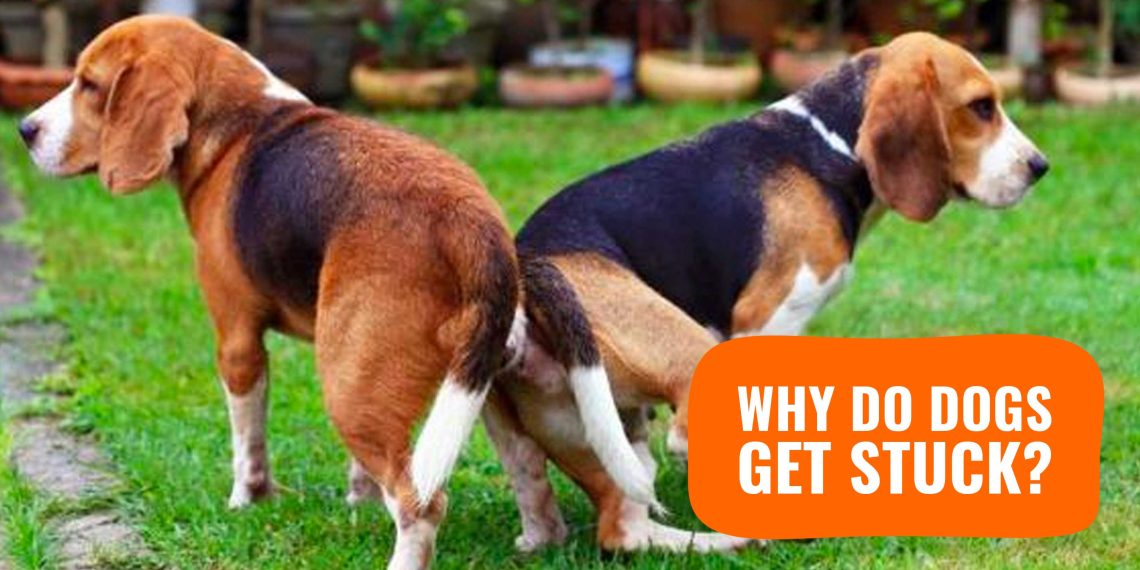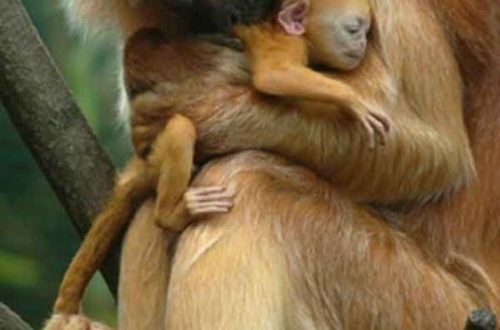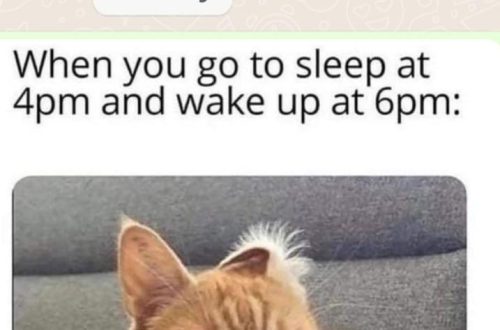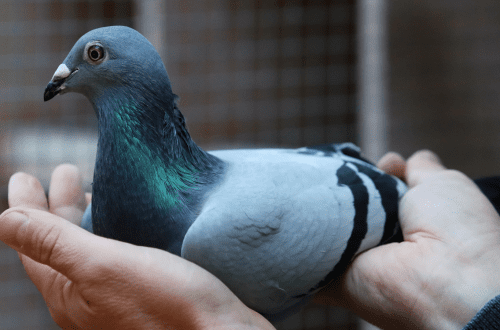
Why do dogs stick together during mating – the physiology of the process, the role of sticking in fertilization
We discuss the topic on our forum.
Owners of dogs who have bred their pets know that very often the mating ends like this – the female and the male turn to each other with “sirloin” parts, and seem to stick together, remaining in this position for a while. In the professional language of cynologists, this is called the clenching or the “castle” pose. Usually bonding lasts about 10-15 minutes, sometimes about one hour, and in rare cases, dogs can stand in the castle position for 2-3 hours.
In this article, we will try to answer the question – why do dogs stick together during mating.
Contents
Physiology of dog mating
It should be noted that in nature nothing happens just like that, and if dogs stick together for some reason during mating, then this makes some sense. And since the purpose of mating dogs, like other animals, is the fertilization of the female, then we can assume that gluing plays some role in achieving this goal. To understand why mating occurs and why it is needed, it is necessary to understand at least a little the physiology of mating dogs and the anatomy of their genital organs.
For reference. Clustering is not unique to dogs – wolves, foxes, and hyenas also stick together during intercourse. Even in humans, this can happen – but that’s a completely different story.
Dog mating process
After the dogs sniffed and found out that they were suitable for each other, the bitch becomes a suitable stand, and the male climbs on it, firmly holding it with its front paws and resting its hind legs on the ground. These actions of a dog in the language of cynologists are called “trial or fitting cages.” Why exactly this name?
The male and the female are trying to find the optimal position, and the partner is also looking for an entrance to the female’s vagina. After the successful completion of fitting cages, the male enters the vagina – while the penis comes out of the prepuce (a fold of skin that covers the head of the penis), increasing in size several times. The bulb of the head of the penis also increases – it becomes somewhat thicker than the male penis.
In turn, the female tightens the muscles that clamp the vagina and tightly cover the partner’s penis behind the bulb of the head. And since the bulb is thicker than the penis, then a kind of lock is obtained, which does not allow the “groom’s” member to jump out of the “bride’s” vagina. This is how bonding happens.
At this time, the movements of the male become more frequent – this mating period lasts from 30 to 60 seconds. it the most important part of mating, since it is at this time that the male ejaculates.
After ejaculation, the male begins a period of relaxation – the male leans on the bitch and can remain in this position for up to 5 minutes. The bitch at this time is experiencing extreme excitement, which is clearly manifested in her behavior – she squeaks, whines, tries to sit down or even lie down. In order to prevent her from getting away from under the dog, the owner must hold the bitch until the dog rests and is ready to change position.
If dogs do not move into a natural clenching position (tail to tail), then they need help with this – after all, standing in the lock can last long enough, and the dogs can get tired, being in an uncomfortable position, and break the lock ahead of time.
Important! In no case should you disturb the dogs while they are in the castle pose. You can only gently hold them so that they do not make sudden movements.
Why doesn’t interbreeding occur during every dog mating? This can be explained by the following reasons:
- medical problems in a dog;
- medical problems in the bitch;
- inexperience of partners;
- the unpreparedness of the bitch for mating (the wrong day of estrus was chosen for mating).
The role of mating in bitch fertilization
For some reason, many people think that in the process of mating, a male produces only sperm. This is an erroneous opinion – during sexual intercourse, a male distinguishes three types of secretions:
- Lubrication is released in the first stage.
- In the second stage, sperm is released.
- In the last third stage, which occurs only during mating, secretions from the prostate gland are released.
Let’s consider each stage in more detail.
The first stage
This stage can be called preparatory. The male excretes the first portion of the liquid almost immediately after entering the bitch’s vagina. There are no sperm in this portion – it is a clear liquid that is needed for lubrication.
The second stage
This is the most important stage during which the male excretes a fluid (ejaculate) containing spermatozoa. The second stage occurs after the penis is already sufficiently excited and its bulb has reached its maximum width. The volume of secretion is very small – only 2-3 ml, but it is with this portion that the male excretes all spermatozoa – up to 600 million per 1 ml of ejaculate.
So it turns out that conception can occur without mating. But it is not for nothing that nature has created a “lock” mechanism.
The third stage
This is the last stage in the mating of dogs, during which the male secretes prostate secretions up to 80 ml. These secrets speed up the movement of sperm on the way to the uterus of the bitch.
Why dogs stick together and why it is necessary – conclusions
As already mentioned, in nature everything is thought out to the smallest detail and everything has an explanation, including such a phenomenon as dog mating:
- Adhesion of dogs is a kind of insurance that increases the likelihood of a favorable mating outcome.
- If the male and female have any inconsistencies in physiology, then mating can significantly level them.
- Thanks to the “lock”, spermatozoa penetrate deep into the uterus of the bitch, thereby increasing the chances of conception.
- During mating, the male secretes secretions from the prostate gland, which activate the movement of spermatozoa. And the “accelerated” spermatozoa find and fertilize the egg faster.
It is also necessary to mention the role of crossbreeding in the wild when mating stray dogs. Probably many have seen the so-called “dog wedding” – this is when several excited dogs run after one bitch who is in heat. As a rule, the bitch allows only the strongest male to mate with her. And since, after mating, the bitch no longer wants anything and no one, this is an additional guarantee that there will be no re-fertilization from another male.
We hope that this article has answered the question – why do dogs interbreed during mating.





